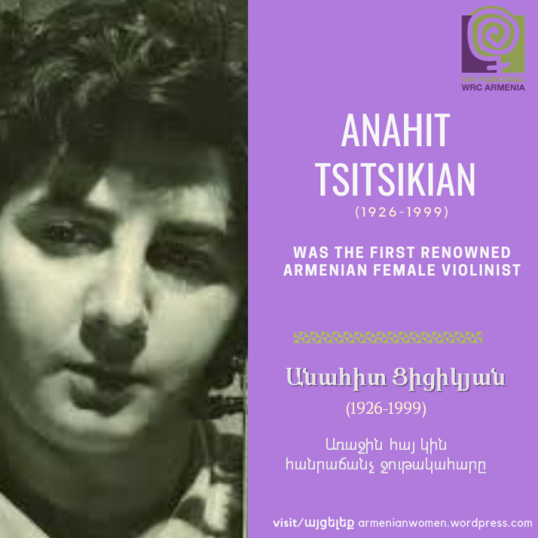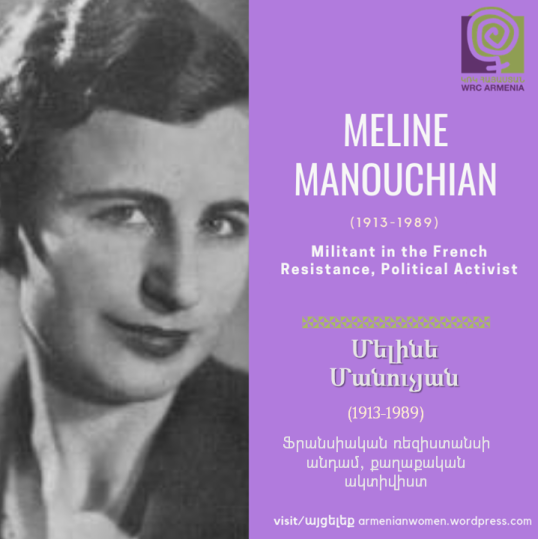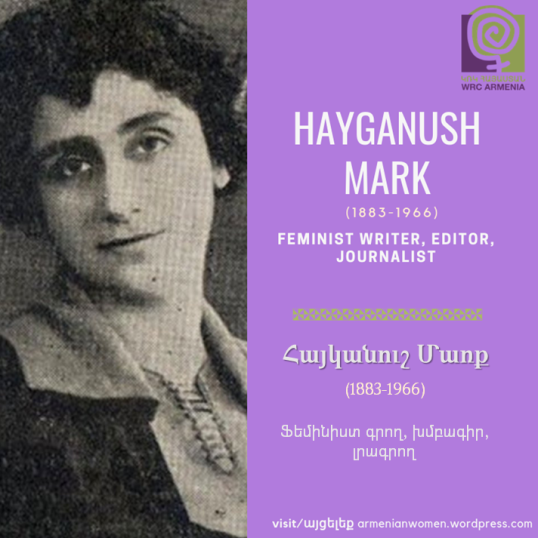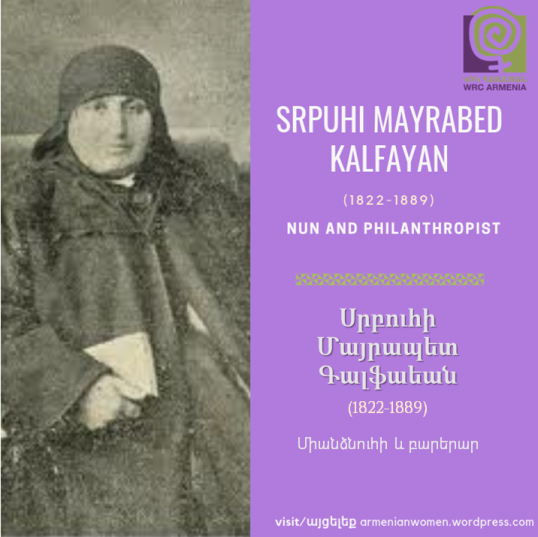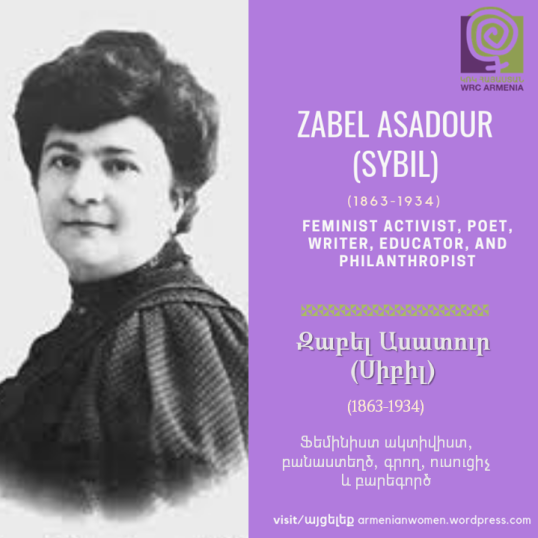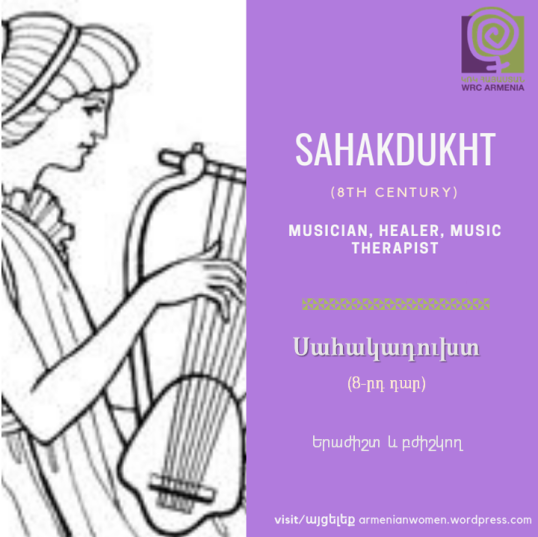Alenoush Terian-Ալենուշ Տերյան

First Iranian female astronomer and physicist
She was born in1920 to an Armenian family in Tehran, Iran. After graduating in 1947 from the Science Department of the University of Tehran, she began her career in the physics laboratory of the same University. She was promoted the same year as the chief of laboratory operations.
In 1956, she left for France to continue her studies at the Sorbonne and obtain a doctorate in Atmospheric Physics. When she returned to Tehran, she became an assistant professor in thermodynamics and later on worked specifically on Solar Physics. She also traveled to Germany on a scholarship to further her research and studies and upon her return, she founded and directed the solar observatory of the Institute of Geophysics at the University of Tehran until her retirement in 1979.
She died on March 4, 2011.
You can read an article about her, here.
Ալենուշ Տերյան
(1920-2011)
Աստղագետ և ֆիզիկոս, համարվում է իրանական աստղագիտության մայրը:
